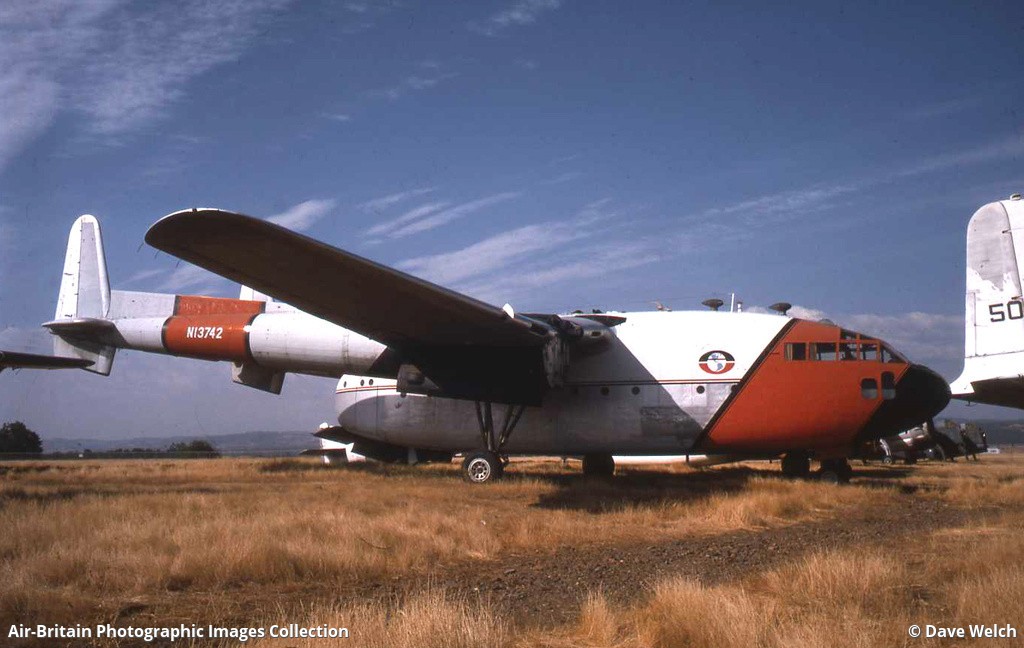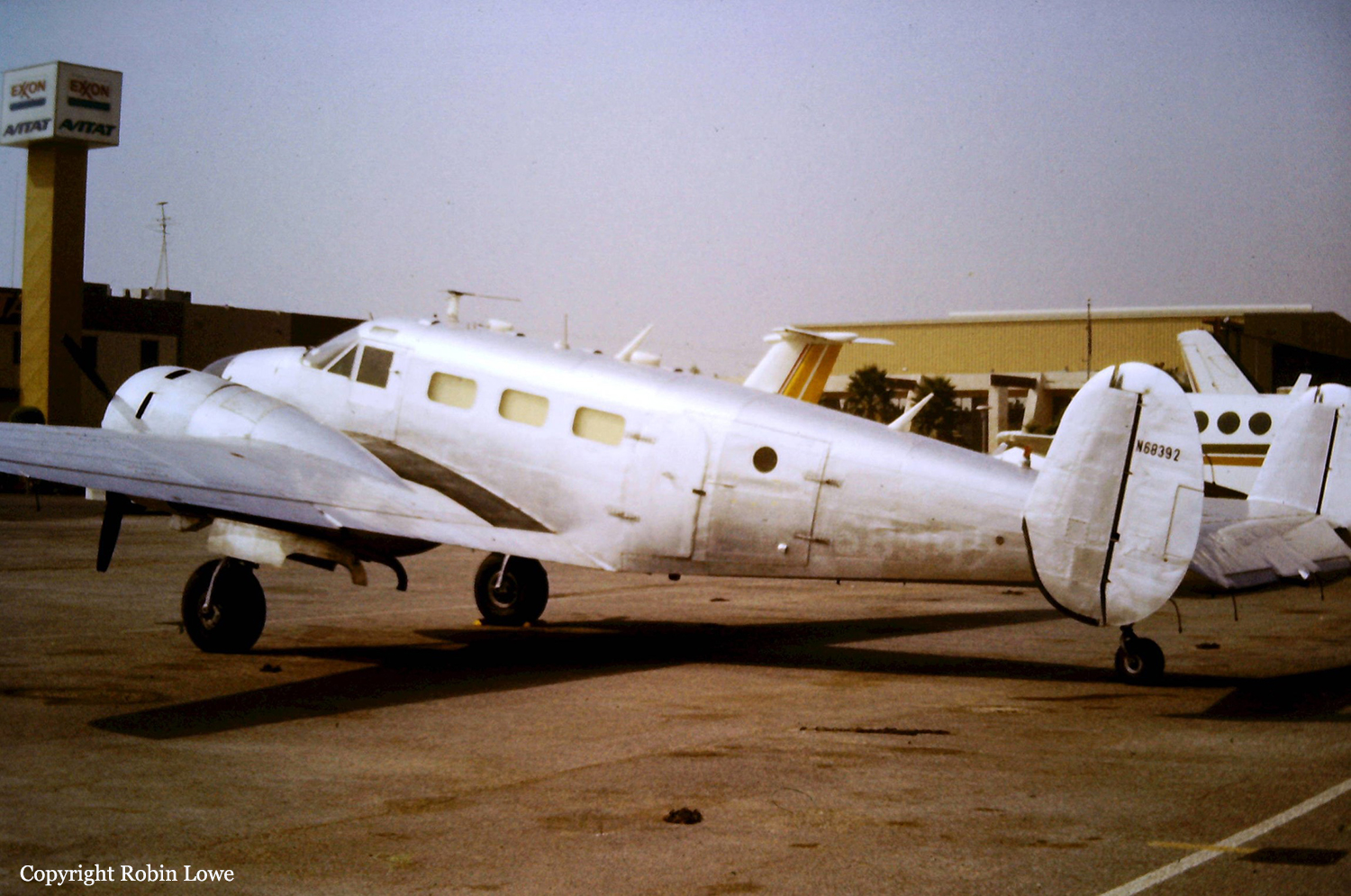Crash of a Cessna 421B Golden Eagle II in Camarillo: 1 killed
Date & Time:
Oct 24, 1981 at 0116 LT
Registration:
N14AC
Survivors:
No
Schedule:
Bakersfield - Oxnard
MSN:
421B-0123
YOM:
1971
Crew on board:
1
Crew fatalities:
Pax on board:
0
Pax fatalities:
Other fatalities:
Total fatalities:
1
Captain / Total hours on type:
320.00
Circumstances:
While on a night approach to Oxnard Airport, the twin engine airplane descended below the MDA then collided with a plowed field located six miles east of the airport. The aircraft was destroyed and the pilot, sole on board, was killed.
Probable cause:
Controlled collision with ground due to improper IFR operation. The following contributing factors were reported:
- The pilot failed to maintain flying speed,
- The pilot misused or failed to use flaps,
- Low ceiling,
- Fog,
- Visibility down to zero.
- The pilot failed to maintain flying speed,
- The pilot misused or failed to use flaps,
- Low ceiling,
- Fog,
- Visibility down to zero.
Final Report:








